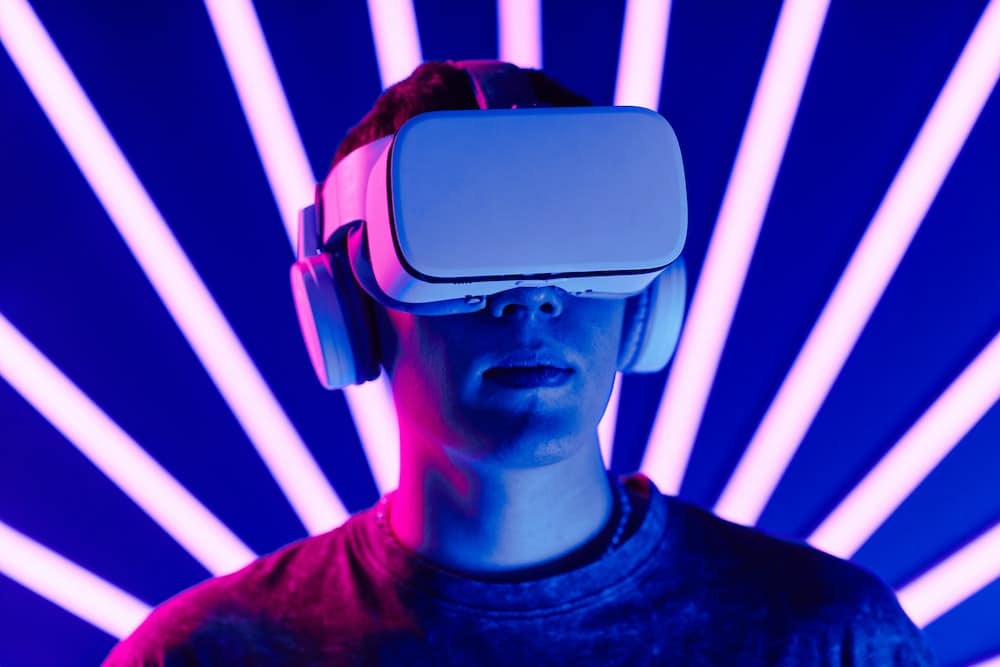Modern technology continues to revolutionize various sectors, and the fashion industry has not been left behind. The advent of virtual fitting rooms is one such advancement that has brought a significant transformation to the fashion industry. This immersive technology allows customers to try on clothes virtually, making online shopping more interactive. For retailers, particularly in the UK, virtual fitting rooms offer numerous benefits, the most prominent being the reduction of returns. This article delves into how UK fashion retailers can effectively utilize virtual fitting rooms to minimize product returns.
The Rise of Virtual Fitting Rooms
The concept of virtual fitting rooms is a technological innovation that has gained traction in the last decade. This technology uses augmented reality (AR) to allow shoppers to virtually try on clothes before making a purchase. This development has been prompted by the exponential growth of e-commerce, which has seen more individuals switch to online shopping.
Lire également : How Can UK Fitness Centers Incorporate Virtual Reality in Workout Programs?
There has been a surge in the use of virtual fitting rooms in the UK, with many fashion retailers integrating this technology into their online platforms. The technology offers a solution to one of the biggest challenges of online shopping – the inability to try items on before purchasing. This has traditionally resulted in high return rates, a problem that virtual fitting rooms are helping to address.
How Virtual Fitting Rooms Work
To fully comprehend how virtual fitting rooms can mitigate returns, it’s vital to understand how they operate. The technology behind virtual fitting rooms involves the use of augmented reality and 3D body scanning. This allows customers to create a digital avatar of themselves to virtually ‘try on’ different clothes.
Lire également : What Are the Best Practices for Implementing Contactless Services in UK Hospitality?
The process involves the customer inputting their physical measurements into the system, including their height, weight, and body shape. In some cases, the system may take a 3D scan of the customer’s body using a smartphone or webcam. Once the digital avatar is created, it is used to virtually try on clothes. The software simulates how the clothes would fit on the customer’s body, giving them a realistic view of how items would look on them.
The Impact of Virtual Fitting Rooms on Returns
It’s no secret that returns are a major issue for online retailers. The lack of an option to try on clothes leads to customers often buying multiple sizes to find the right fit, leading to high return rates. However, with the introduction of virtual fitting rooms, this trend is changing.
By giving customers a realistic view of how clothes would fit, virtual fitting rooms reduce the guesswork involved in online shopping. The customer can see how each item fits their body shape and size, making it easier for them to make informed decisions about their purchases. This, in turn, reduces the likelihood of them returning items because they didn’t fit as expected.
Examples of UK Retailers Utilizing Virtual Fitting Rooms
Several UK fashion retailers have already integrated virtual fitting rooms into their online platforms, reaping the benefits of reduced return rates. For instance, ASOS, a major UK online fashion retailer, introduced a virtual catwalk feature where customers can see models of different sizes and shapes wearing the clothes. They also launched a "See My Fit" feature, which uses AR technology to show how clothes would look on different body types.
Another UK retailer, Topshop, partnered with AR Door, a company specializing in AR solutions, to create a virtual fitting room for their customers. The fitting room uses Kinect motion-sensor technology, which allows customers to select clothes and see how they fit on an avatar that matches their body shape and size.
These examples illustrate the success that can be achieved through the adoption of virtual fitting rooms. They highlight the emphasis UK fashion retailers are placing on this technology as a solution to the problem of high return rates.
The Future of Virtual Fitting Rooms
As technology continues to evolve, the potential for virtual fitting rooms is vast. Future developments could include more realistic avatars, better integration with e-commerce platforms, and further personalization options. Furthermore, as more customers become accustomed to using this technology, its adoption is likely to increase.
In conclusion, virtual fitting rooms present a viable solution to the problem of high return rates faced by online fashion retailers. By giving customers a realistic view of how clothes fit, they can make informed purchase decisions, reducing the likelihood of returns. As such, UK fashion retailers who have not yet adopted this technology should consider doing so to stay competitive in the rapidly evolving e-commerce landscape.
Overcoming Challenges and Limitations of Virtual Fitting Rooms
Virtual fitting rooms, despite their immense potential, also come with challenges that UK fashion retailers must address for successful implementation. The first hurdle is the accuracy of measurements. Although customers are required to enter their physical measurements, there is a risk of inaccuracy due to wrong self-measurement, leading to unreliable results. Retailers need to provide clear instructions or tutorials on how to accurately measure their bodies to ensure the digital avatar accurately represents their body shape and size.
Privacy concerns also pose a significant challenge. While customers must share personal body-size data to use virtual fitting rooms, some may feel uncomfortable sharing sensitive information, particularly when 3D body scanning is involved. Retailers must assure customers of the confidentiality and security of their data. They must comply with data protection regulations, such as the General Data Protection Regulation (GDPR) in Europe, to ensure the safe handling of customer data.
Moreover, virtual fitting rooms require a high level of digital literacy to navigate. Some customers, particularly the older demographic, may find the technology daunting to use. Retailers can overcome this by providing interactive guides or customer support to help users navigate the virtual fitting room experience.
Conclusion: The Strategic Role of Virtual Fitting Rooms
Virtual fitting rooms are more than just a novelty or trend – they are proving to be a strategic tool for UK fashion retailers. By providing a realistic, immersive, and personalised shopping experience, they are transforming the e-commerce landscape. Retailers that have implemented virtual fitting rooms have already seen a significant reduction in return rates, proving the technology’s effectiveness.
However, for virtual fitting rooms to be successful, retailers must address the challenges they present. Ensuring accuracy of measurements, safeguarding customer privacy and enhancing user-friendliness are all essential to gain customer acceptance and trust.
In the ever-evolving retail environment, innovation is key. Virtual fitting rooms represent a sizeable opportunity for UK fashion retailers to improve customer satisfaction, reduce return rates and ultimately, boost their bottom line. As technology continues to progress, the virtual fitting room experience will only get more sophisticated and lifelike, making it an investment worth considering for every forward-thinking retailer.
In the words of the famous fashion designer Coco Chanel, "In order to be irreplaceable, one must always be different". By embracing virtual fitting rooms, UK fashion retailers are indeed setting themselves apart, revolutionising the online shopping experience and reducing the burden of returns.






